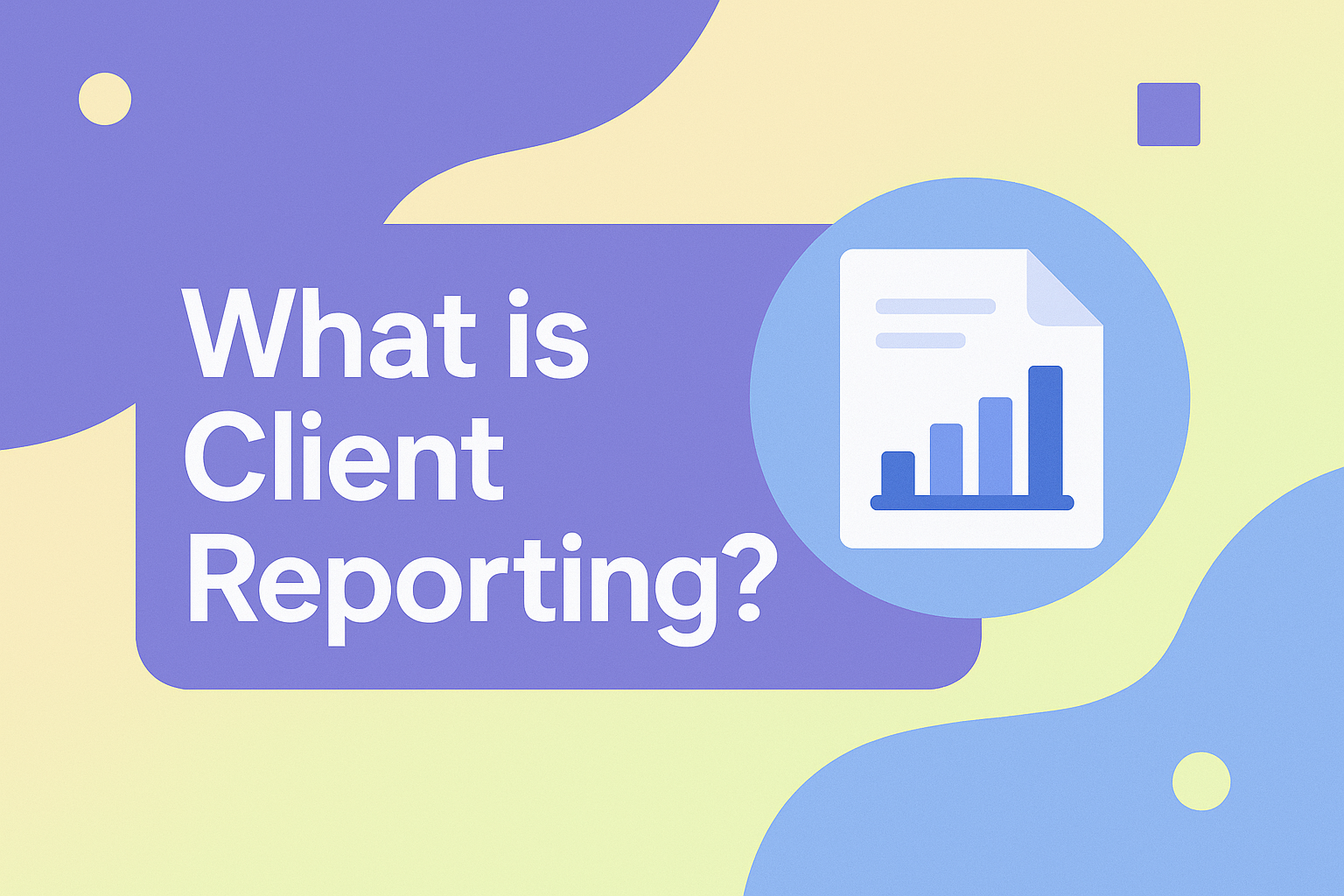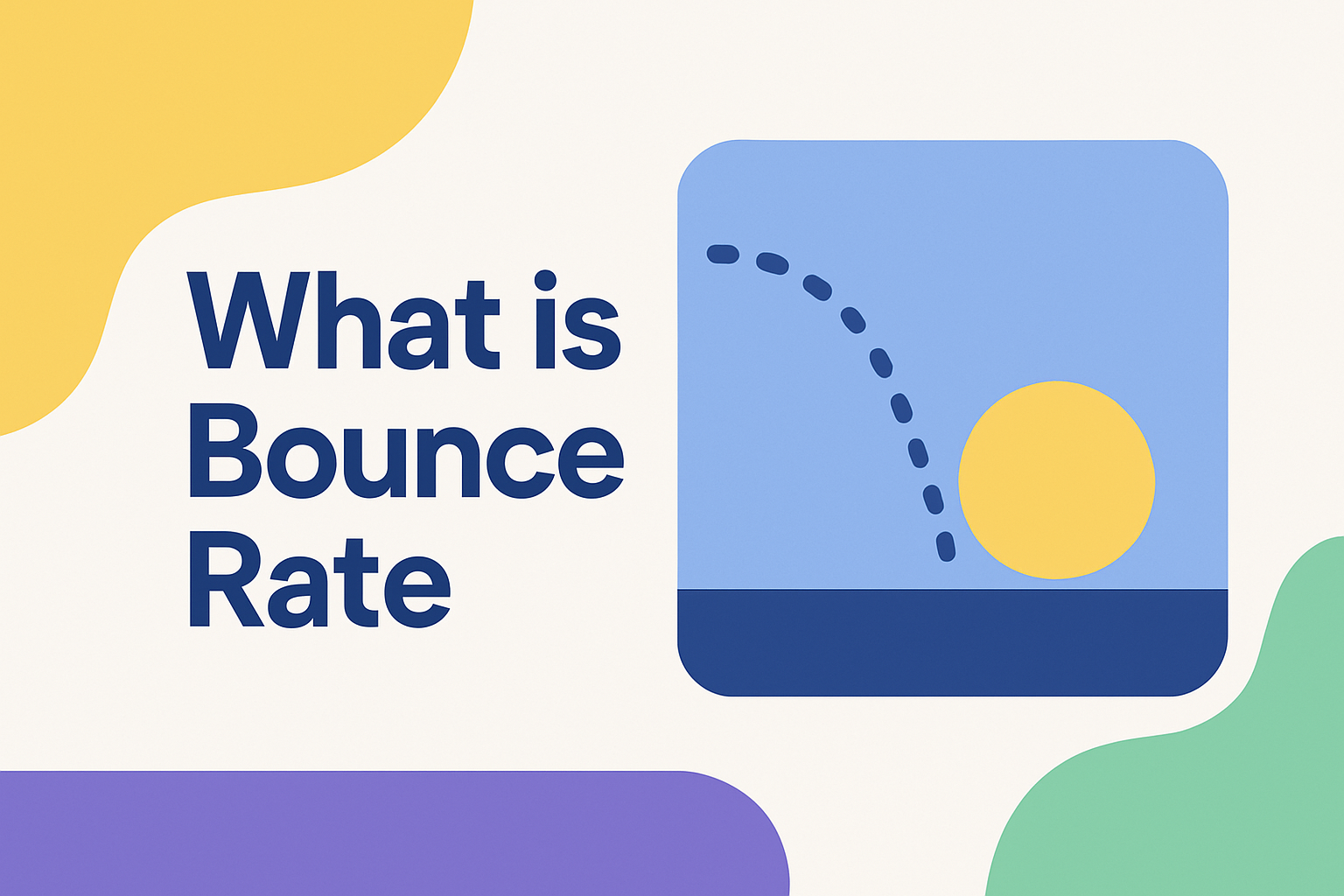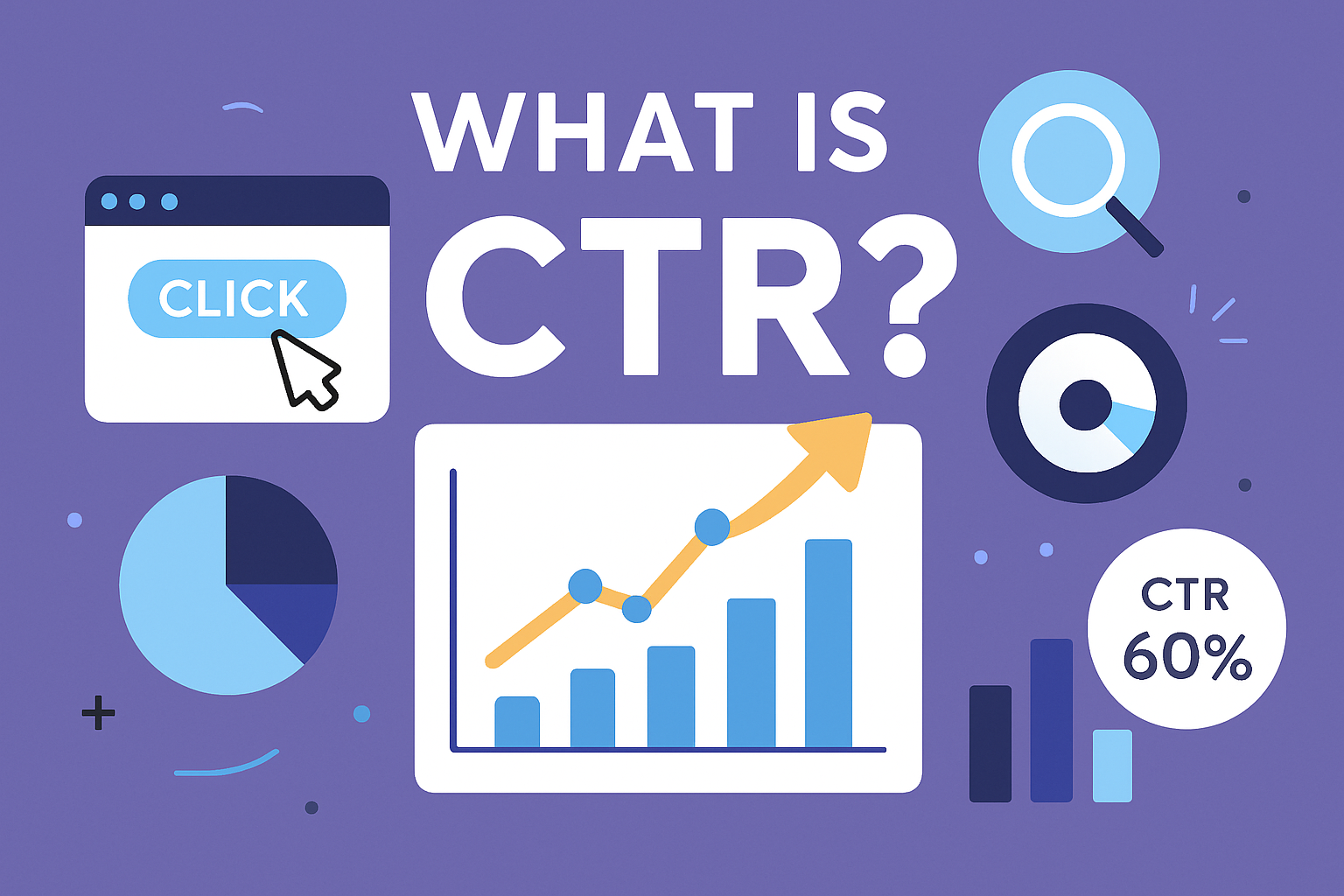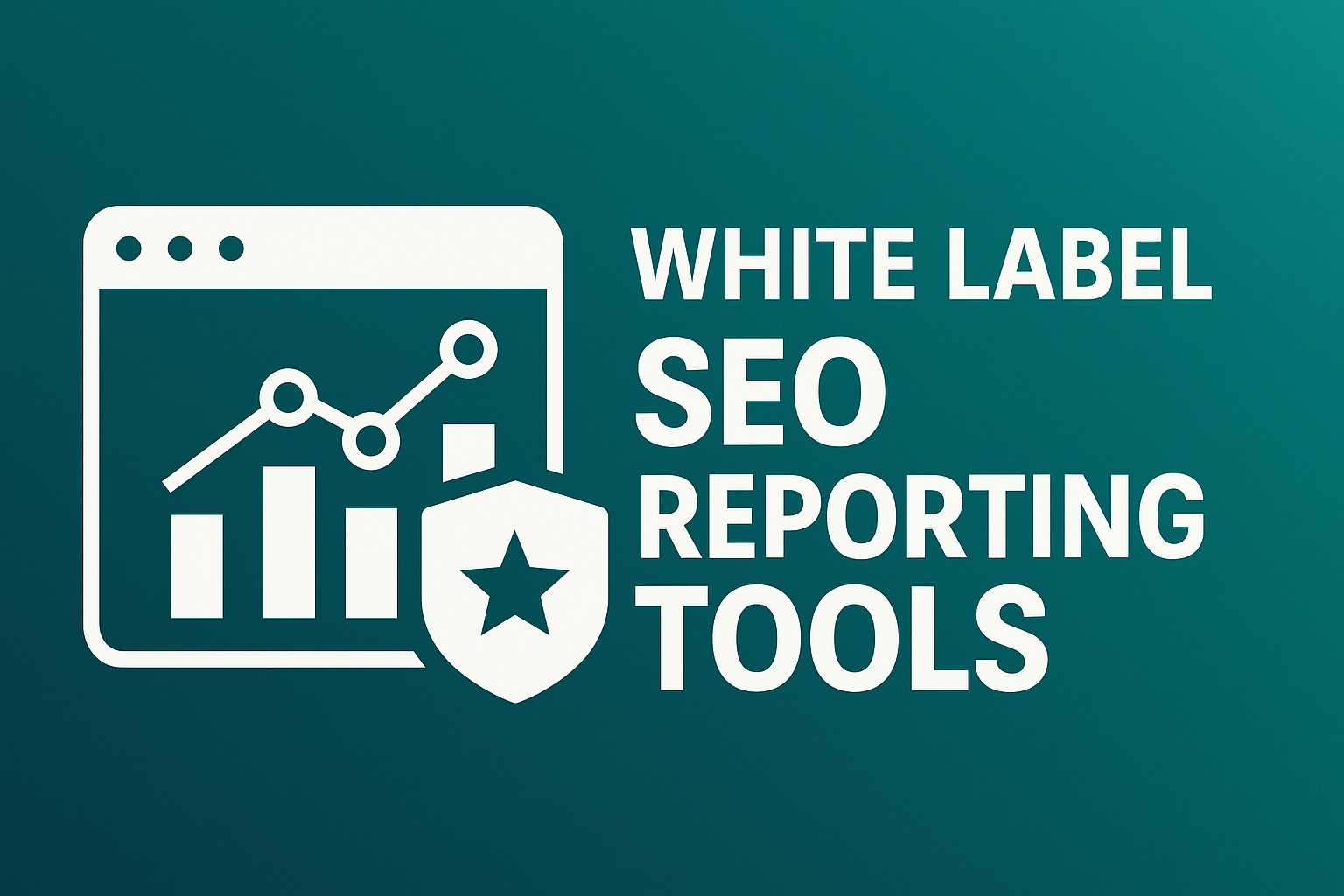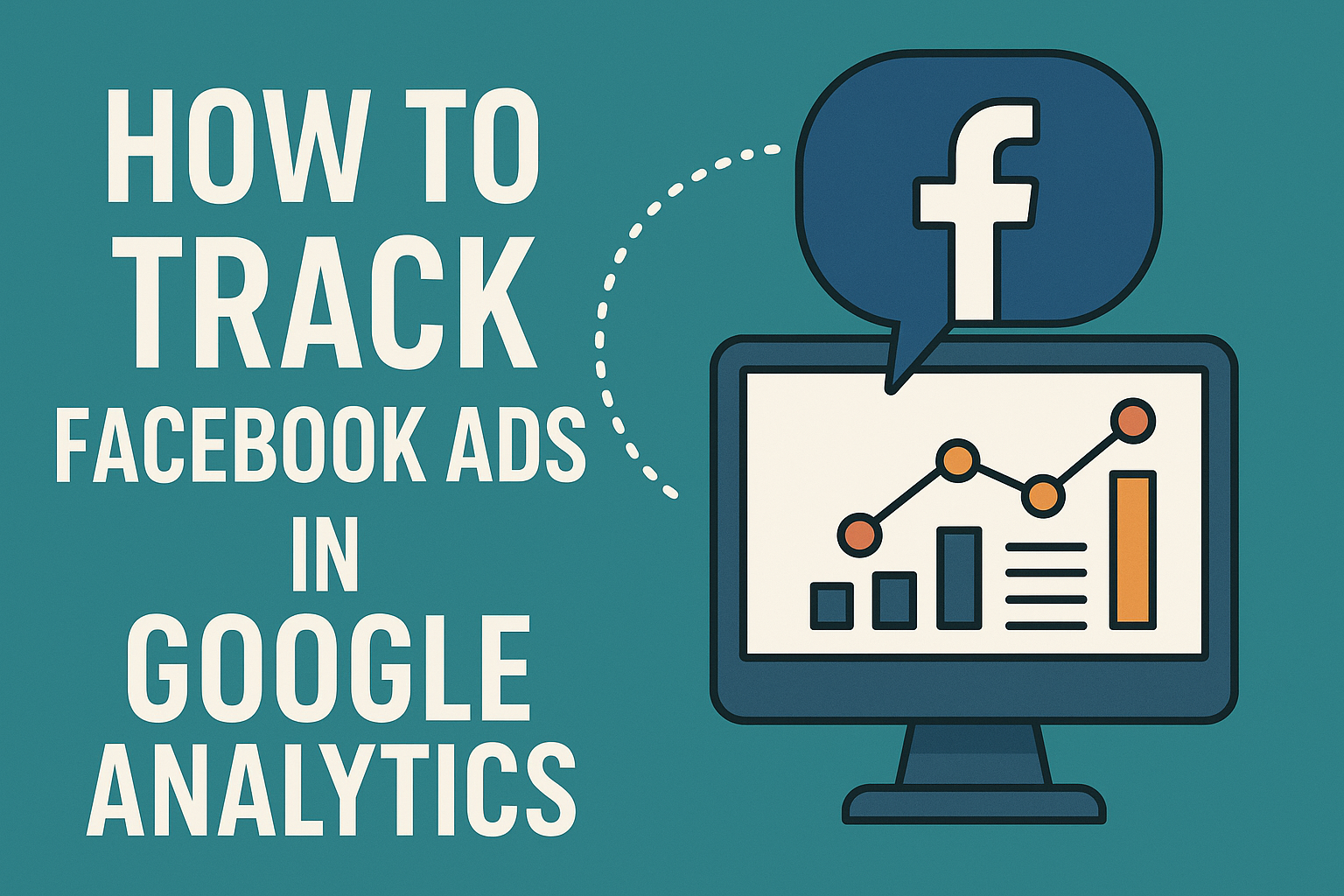What is Client Reporting: A Simple Explanation for Agencies and Clients
Key Takeaways
- Client reporting is an essential business tool. It provides an understandable report on marketing performance and utilizes KPI’s to help keep clients and agencies alike focused and moving in the right direction.
- Well-crafted reports improve transparency, client relationships, and accountability while illustrating the powerful impact your marketing efforts have on real ROI.
- High-quality client reports include essential components like campaign results, actionable recommendations, and visual aids, making complex data easy to understand.
- Customizing reports for each client and focusing on relevant KPIs helps ensure the information is meaningful and supports the client’s unique goals.
- Embracing new technology, such as automated reporting tools and real-time dashboards, makes the process more efficient and effective. This process provides more timely insights that improve overall responsiveness.
- Don’t drown clients in data or baffle them with jargon. Rather than make reports complicated, cluttered, and generic, which can break trust, fail to encourage public involvement, and hinder regulatory adherence.
Sharing clear, concise updates with clients is an essential part of client reporting. It means delivering information on the progress and outcomes of their projects or campaigns.
Client reports can be powerful tools for establishing trust. They help to promote transparency, highlight achievements, and keep everybody aligned. Common reporting numbers are traffic counts, ad spend, lead counts, and sales figures.
These reports discuss progress on the implementation and identify areas of improvement. Most U.S. Agencies now use digital tools or software to make reports easy to read and share. This helps clients track their marketing or business goals without extra work.
We all know that client reporting is a central aspect of agency-client relationships. It gives both parties the information they need to make informed decisions about what happens next.
In this article, you’ll know more about client reporting, its importance, and what makes a good client report. This is extremely important for your agencies, so dive in!
What Is Client Reporting?

Client reporting is the act of communicating with clients about the performance of their marketing. Instead of just talking about what’s happening inside an agency, these reports show clients real numbers, like website visits, ad clicks, or sales.
We’ve found it’s best to zero in on the main KPIs that directly contribute to the client’s goals. This consists of fundamental metrics such as ROI, conversions, and lead quality. These numbers inform agencies and clients alike on where to make intelligent decisions to see what’s working and what should be adjusted.
1. Defining This Vital Business Tool
A great client report is more than just numbers on a page—it’s a key way to build trust and keep communication clear between agencies and clients.
Reports pull together campaign results and key metrics, making it easy for clients to see what’s working and where things can improve. When delivered regularly—usually every month—they help keep everyone aligned, accountable, and moving forward together.
At the end of the day, honest, clear reporting benefits both sides. It builds stronger partnerships and sets the stage for long-term success.
2. Core Parts of Any Good Report
Every good client report should include a summary of overall campaign performance, key metrics, and activities completed during the month. Having a summary at the very beginning helps identify wins and setbacks at a glance.
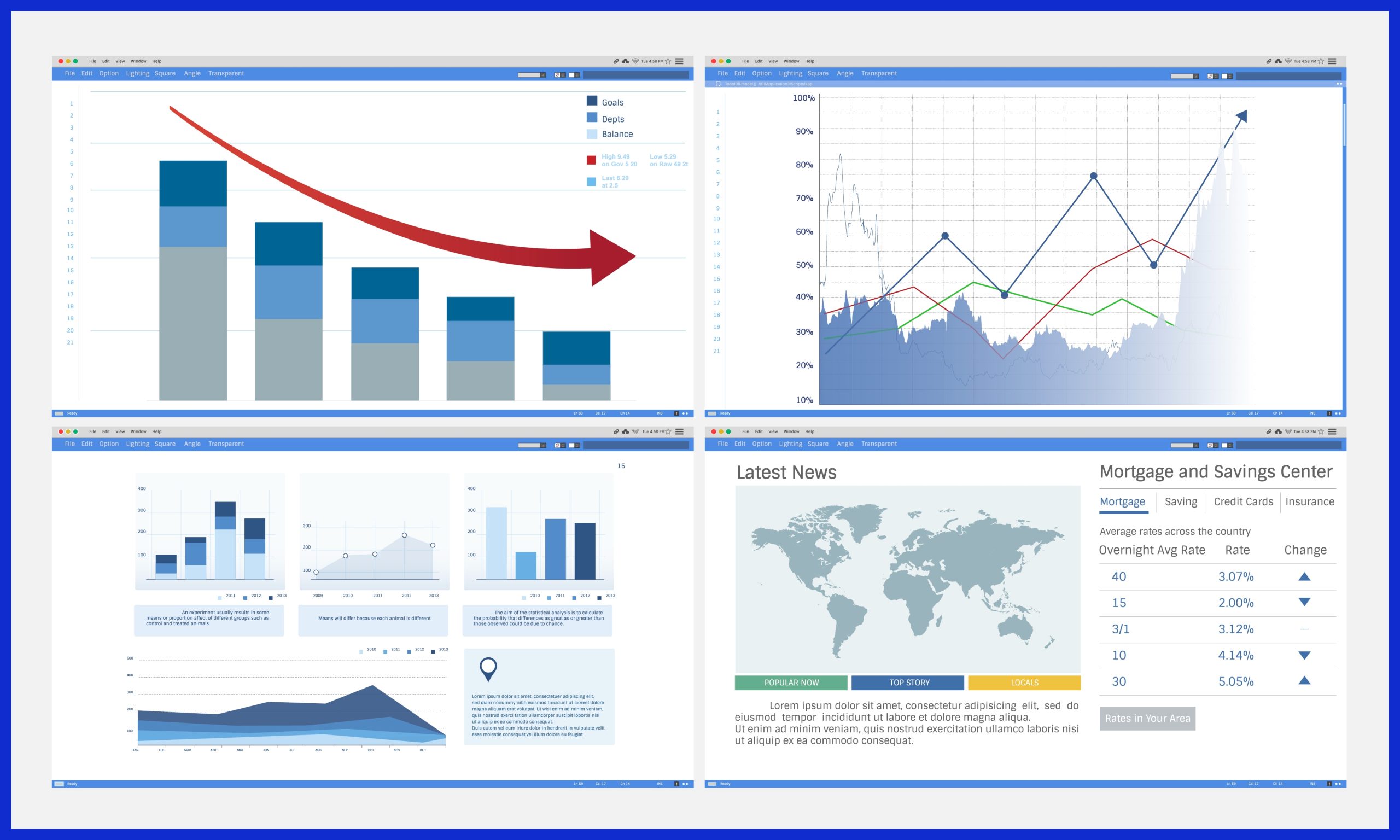
Graphs and charts help make complicated data more digestible, making it easy for clients who aren’t tech whizzes to stay in the loop. Grouping things by channel—social, search, or whatever—makes the report flow and helps focus it so the reader can digest it easily.
3. Not Your Average Internal Update

Client reports should be built for the client, not the agency.
That means focusing on what matters most to them, using simple language, and highlighting clear action steps to keep things moving.
Instead of using one-size-fits-all templates, each report should speak directly to the client’s unique goals and challenges. When done right, reports consistently show the value your team brings and build lasting trust in the process.
4. Why It’s Key for Decisions
Providing concrete, unarguable information to inform wise investments. Client reporting provides the clarity that decision-makers need.
They indicate whether or not marketing is hitting the mark and are useful tools for tracking progress over time. Having reports prepared ahead of time and in a clear format allows clients to respond quickly and be proactive with what’s important.
The Real Power of Reporting
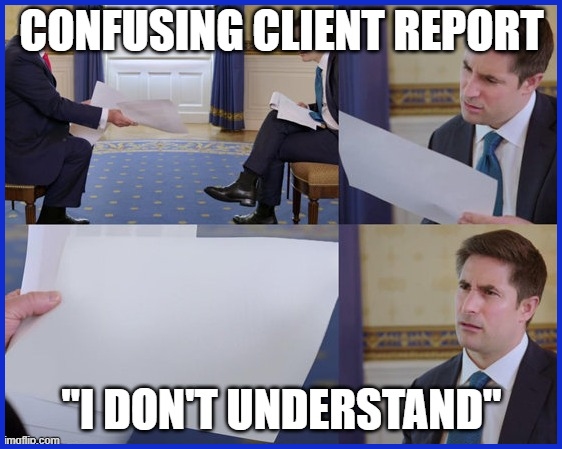
Client reporting should not be just about dumping out numbers. It isn’t just about education; it’s about relationship building, establishing ongoing value, and ensuring that all parties are aligned on shared objectives.
Marketing agencies and teams in the U.S. rely on effective client reporting tools not just for updates but to keep client relationships strong, show clear insights, and help clients make smart choices.
Builds Unshakeable Client Trust
Transparency is at the heart of trust. Regular reports let clients see exactly what’s happening with their marketing, whether that’s traffic growth, lead numbers, or live coverage updates. When agencies publicly report their successes along with their failures, that’s when true accountability occurs.
For instance, regular monthly reports on the progress of a campaign, outlining next steps, timelines, and recent results, help clients stay informed. This transparency builds indestructible client loyalty, for no one likes to be kept in the dark. Long term, this trust established via reporting will increase client retention rates.
Clearly Shows Your Value (ROI)
ROI, or return on investment, is the holy grail for marketers. These easily digestible reports help break down the numbers and illustrate the value that each campaign can provide. For example, a report might show you how many leads you received from a paid advertisement.
It can even illustrate the increase in web traffic as a result of a major content campaign. By articulating these outcomes, agencies make it easier for the public to understand how their dollars are being spent. This proof of value doesn’t just lead to maintaining a contract, it helps facilitate upselling of new services as clients know the outcome.
Keeps Clients Coming Back
Clients appreciate clear, consistent, transparent communication and reporting—even when it’s bad news. Comprehensive environmental reports keep them coming back, demonstrating successes and challenges where they still have much to do.
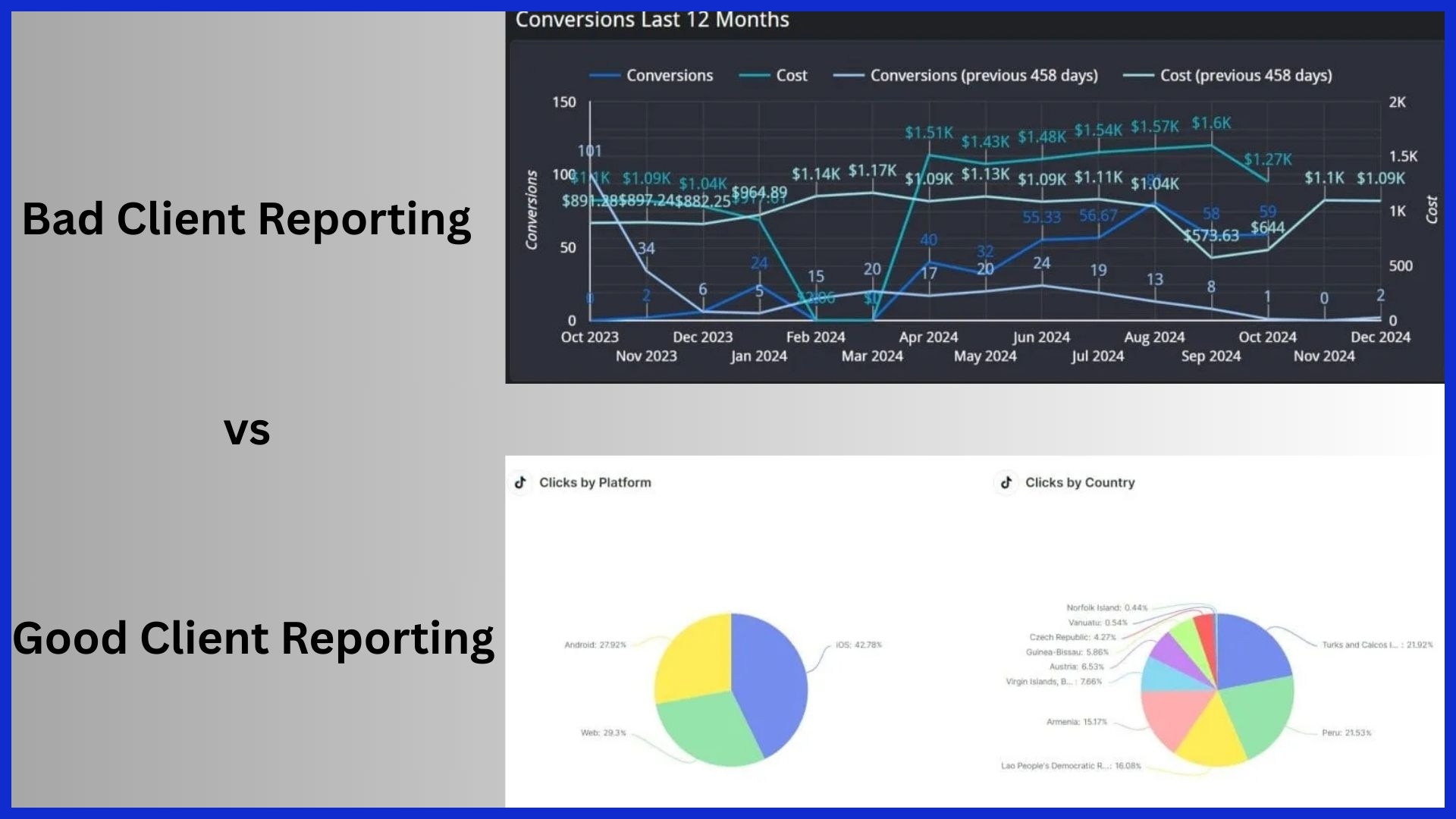
Keeping in touch through regular communication—every week or every month—is enough to make clients feel engaged and appreciated. This degree of focus produces incredibly satisfied clients. As such, they continue to renew contracts and refer other clients to the agency.
Aligns Everyone on Goals
Excellent reporting is what continues to align everyone on the same goals and objectives. Public-facing reports build support by clearly laying out goals, reporting what’s been accomplished, and ensuring goals are aligned with clients’ evolving needs.
Through transparency of important metrics and future opportunities, agencies and clients are aligned on expectations. Cutting out the back and forth creates a smoother process between the teams, and ultimately a stronger end product.
Make Reports Clients Actually Value
Effective client reporting is most impactful when tailored to meet client needs and provides significant value. Every marketing agency would be thrilled to have client reports that generate excitement rather than merely checking boxes. The best reports transcend basic expectations; they save time and serve as an opportunity to educate clients on marketing metrics, what’s working, what’s not, and the next steps for successful marketing campaigns.
Quality Reports
Reports that are more than just data points; they establish credibility, foster informed decision-making, and reflect the marketing agency’s commitment to effective client reporting.
Set Clear Goals First
Set these goals before your project begins. Before you even start to create a report, have an understanding of what the client is trying to achieve. This ensures that you’re choosing the most relevant KPIs and that you’re focusing on metrics that your clients will care about.
So if a client’s goal is to generate more leads, illustrate the increase in the number of leads and/or a decrease in the cost per lead. It’s the best way to keep the report focused and useful. Written by Clear goals establish what winning means on each side. They align all of us to one purpose and lead to more effective marketing tactics!
Keep It Simple, Always
Clients and audiences won’t always have the time or energy to devote to complex reports. Hook 6 — Keep it simple, always. Don’t use technical language and 20-word sentences. This prevents clients from getting bogged down in minutiae.

Slicing data into bite-sized, manageable pieces can help. Short bullet points, concise, clear headings, and a clean, uncluttered layout are the way to go to maintain client engagement.
Deliver Insights, Not Just Data
Insight, not just data. Raw data isn’t going to cut it. Provide context by noting trends and providing background information. For instance, point out a spike in website traffic and tell them what triggered that increase.
Recommend future actions, such as reallocating funds or testing different approaches. Reports that go beyond the data and deliver important insights empower clients to make better decisions and understand the agency’s value.
Tell a Story with Visuals
Charts and graphs can help you transform those dry numbers into compelling stories. Visuals can be a powerful way to illustrate your outcomes, demonstrate changes over time, or feature a big victory.
Strong visuals help emphasize your most important points and connect all your data back to business objectives. It enables clients to understand the overall impact as well as the incremental successes.
Be Consistent, Build Habits
Deliver reports on a predictable cadence—monthly, or at the end of each campaign. A regular cadence creates trust, and it creates the expectation of what form that communication will take.
Regularly sending these updates allows the agency and client to stay proactive, identify developments, and maintain focus on overarching goals.
What Goes Into Great Reports?
All this means that great client reports go beyond simply reporting numbers. They take complex, messy data and create intuitive, vibrant stories that make the next steps for agencies or clients painfully obvious.
Robust reports collect relevant data for a specific period. They structure the report by boiling the information down to the most reader-friendly format first and always lead with an executive summary for quick context.
Professionally produced reports foster credibility with transparent reporting on the successes and the red flags, providing your clients with a complete view.
KPIs That Truly Matter
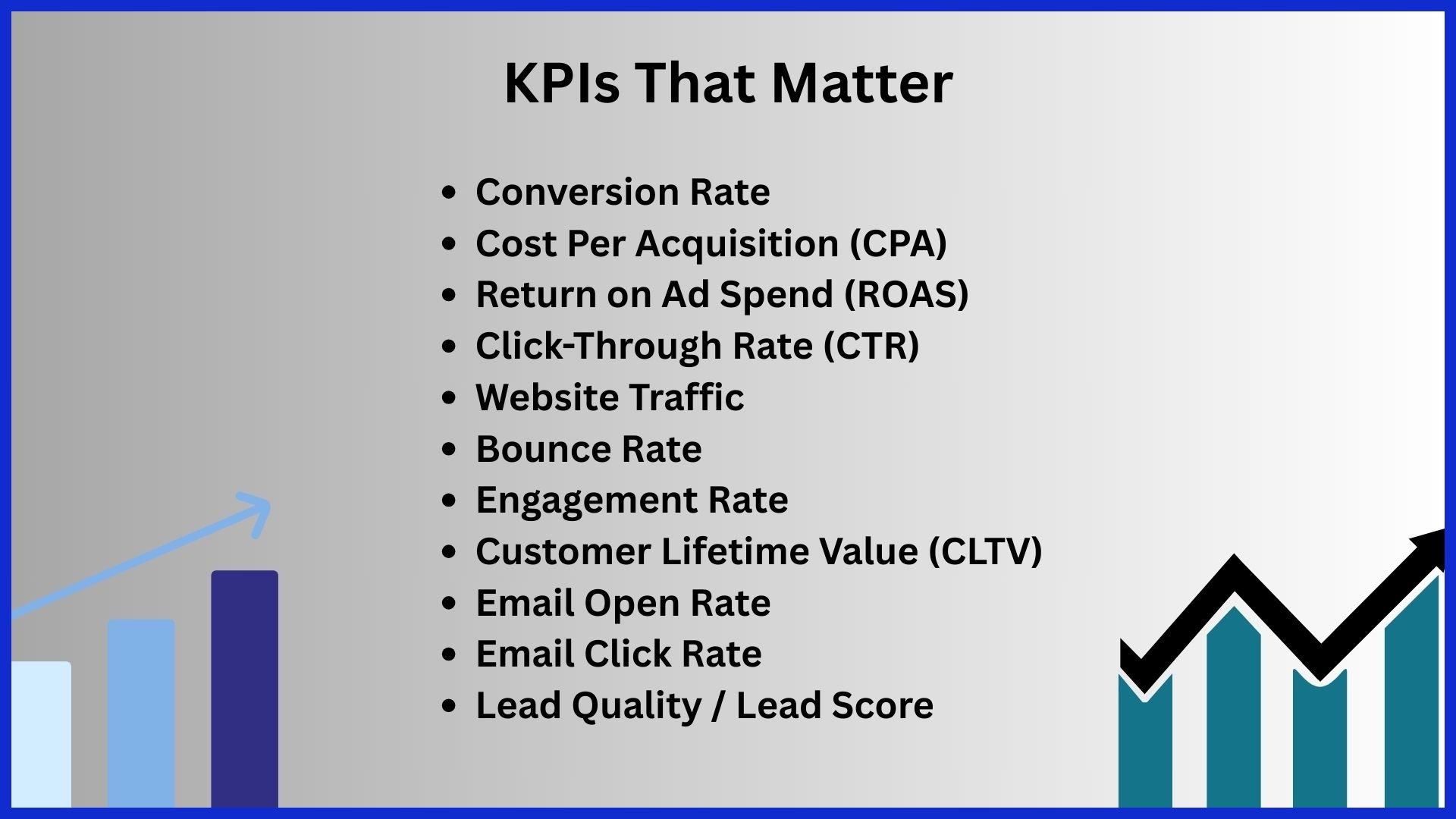
The backbone of any useful report is, naturally, the KPIs. If your goal is top-of-the-funnel lead generation, then conversion rates and cost per lead are what you care about.
If you have e-commerce clients, then sales and average order value are likely key factors. Agencies must connect metrics to what matters most to each client and track them long-term to ensure they’re moving in the right direction.
Relevant KPIs, such as engagement for social media and traffic for websites, increase the worth of reports. They allow clients to quickly visualize and understand how far along they are in reaching their key objectives.
Spotlight Your Big Wins
Highlighting big wins—like a spike in web traffic or a successful campaign—keeps morale high and shows the value of the agency’s work.
Whether through short case studies, before-and-after photos, or impact charts, these wins will be more easily communicated and remembered. This approach gets clients invested in the process and deepens trust by acknowledging successes, even when they aren’t the desired outcome.
Compare with Industry Norms
Including benchmarks helps to position results within a larger landscape. For example, you can demonstrate the difference between a client’s open rates and the industry standard.
This both showcases their best work and uncovers what they need to improve on. These benchmarks make it easier for our clients to understand how they stack up and what they need to do to move forward.
Tailor for Each Client
Personalizing reports for each client goes beyond just replacing a logo. Agencies need to be able to tailor the format, level of detail, and message to the needs of the client.
Small personal touches, such as showcasing the client’s noteworthy platform achievements or incorporating their goals, go a long way in building more helpful reports and deeper connections.
Include Essential Performance Metrics
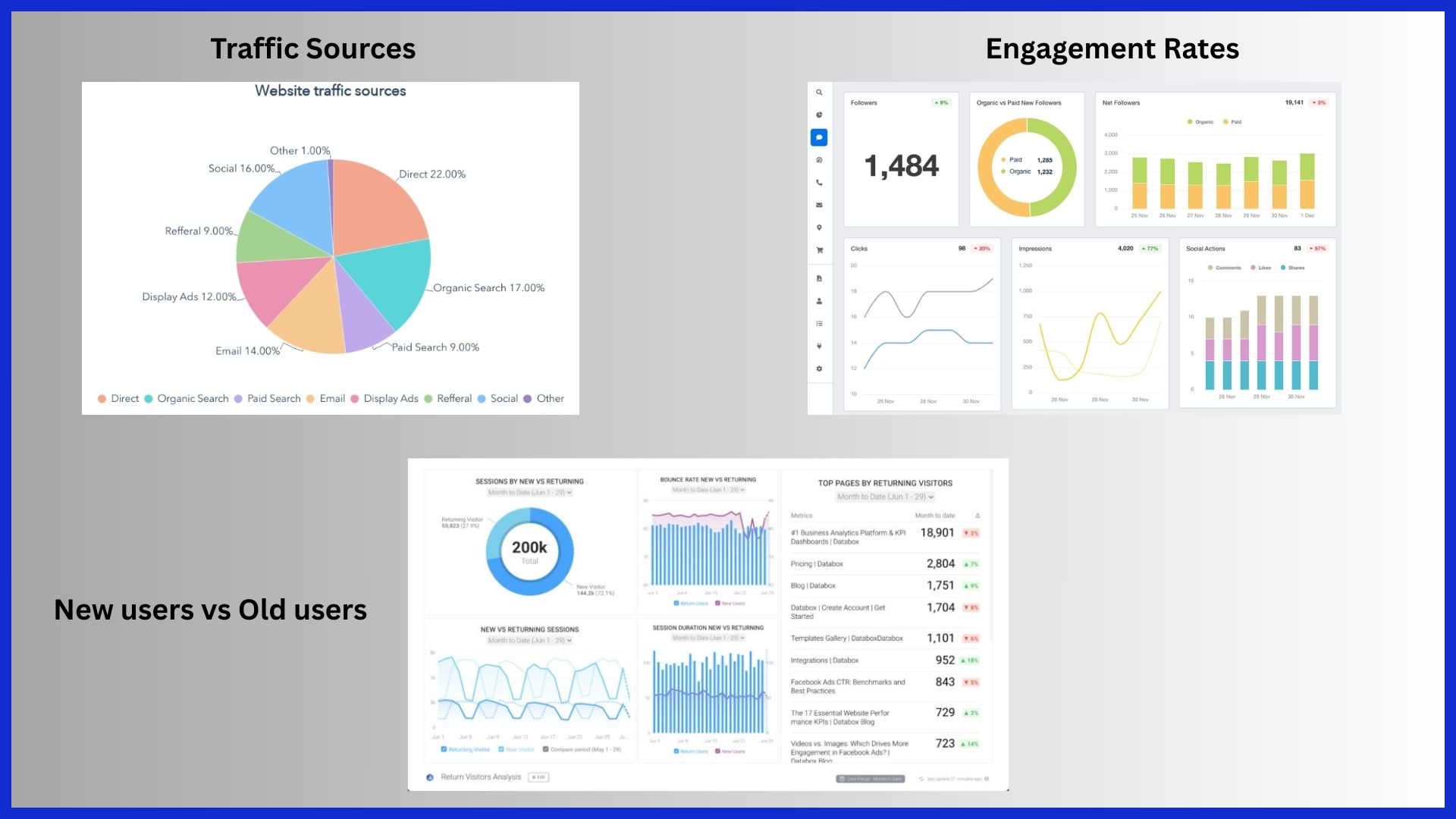
Each report should include the fundamentals — traffic sources, new users versus old users, and engagement rates.
As you track these metrics over time, they’ll tell you a story of campaign health and provide concrete guidance on where to take your strategy in the future.
Smart Tech for Smarter Reports
In an increasingly competitive market, the client reporting process is poised to experience a revolution of its own through the use of smart technology. Today, agencies and their financial advisors use sophisticated reporting software that increases the efficiency of their work. Gone are the days when they would spend weeks crafting static PDFs or spreadsheets, or worse, creating one-off printouts.

These tools save time on repetitive tasks and help eliminate human error. They free up their teams to create tailored reports for each client, whether it’s an online web portal or a one-click customer PDF.
In addition to making the collection of data from various sources easier, technology provides other important functions. The result is that every report is more thorough and current.
Automate the Grunt Work
Automation handles the grunt work, gathering data points, creating graphs, and emailing reports. Whether you’re using tools like KPI.me or another platform, automating your reports is simple and worthwhile. They auto-update with the latest data and can even automatically notify you when something changes!
This method greatly increases the speed and reduces errors. It frees up agencies to do the work that really counts—digging into the numbers and providing sound advice. Automated tools can even automate scheduling for reports to be distributed, meaning clients receive the most up-to-date information available with no lag time.
Dashboards for Quick Views
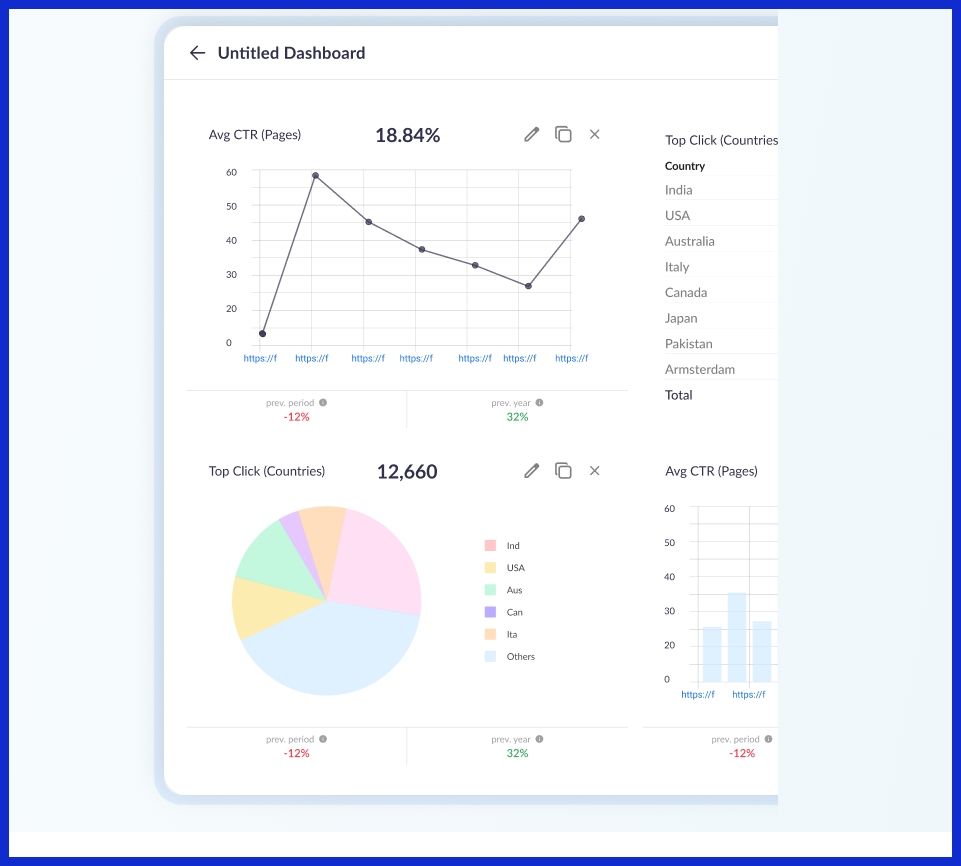
Dashboards help bring all of the important figures together in one place. Clients and advisors can see a live-action view of what’s going on without needing to scour through hundreds of pages of reports. Color-coded visual charts and a clean, simple layout make it easy to surface trends and move quickly to decision-making.
Dashboards make it easy to share ongoing updates. Beyond that, they help catalyze discussions about the most recent findings, keeping us all informed and in tune with one another.
Avoid These Reporting Roadblocks
Client reporting is incredibly important for marketing agencies and teams, yet roadblocks are all too frequent, halting progress and affecting client satisfaction. Tackling these issues from the start ensures that marketing metrics remain transparent, useful, and credible to all parties—reporters, communities, and funders.
Drowning in Too Much Data
The second—and perhaps greatest—challenge is wading through mountains of data to find what’s useful. Client Reports full of just as many mumbo-jumbo metrics may baffle clients instead of enlightening them.
Settle on the most important metrics that you care about the most—conversions, cost per click, user growth, etc.—to make sure reports are always relevant. In one case, for instance, an e-commerce client didn’t need a report that detailed every interaction on the website, only sales and where those individuals came from.
By utilizing visuals and dashboards, we were able to focus attention on what’s most important, creating a more digestible report. Keep in mind, when it comes to reports, less is always more. Providing clear, digestible information allows clients to spend less time processing information and get to their decisions quicker.
Using Confusing Tech Jargon
Undefined tech terms are a major reporting roadblock. SEO, PPC, data normalization – these things could be second nature to your in-house team, but would not make sense to each and every client.
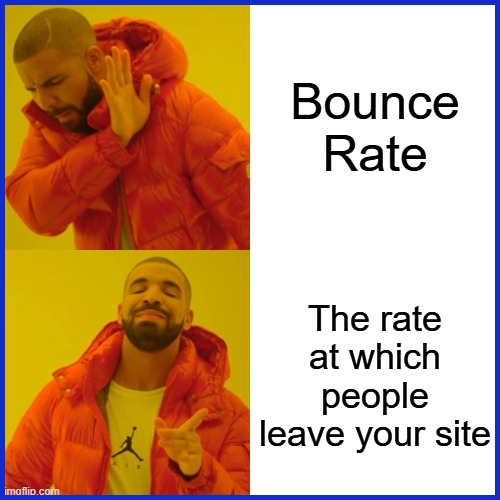
Using technology and jargon that’s confusing for a general audience can be a major roadblock to your reporting. Instead, replace “bounce rate” with “the rate at which people leave your site.” This method fosters trust and ensures that clients don’t feel like they are part of an afterthought to a process.
Forgetting the Human Touch
Don’t forget the human touch. These personal elements make a difference. Including short narratives or real-world applications alongside the data humanizes it and helps your audience connect the dots to their own goals.
Attracting a new wave of customers. Last month’s campaign introduced a new pipeline of customers. Here’s how this example illustrates connecting numbers to real outcomes! This method ensures that clients remain active participants and invested stakeholders in your work.
Overlooking Compliance Needs
Without proper compliance, our entire field loses integrity and trust. Agencies should understand and abide by rules such as:
General Data Protection Regulation (GDPR)
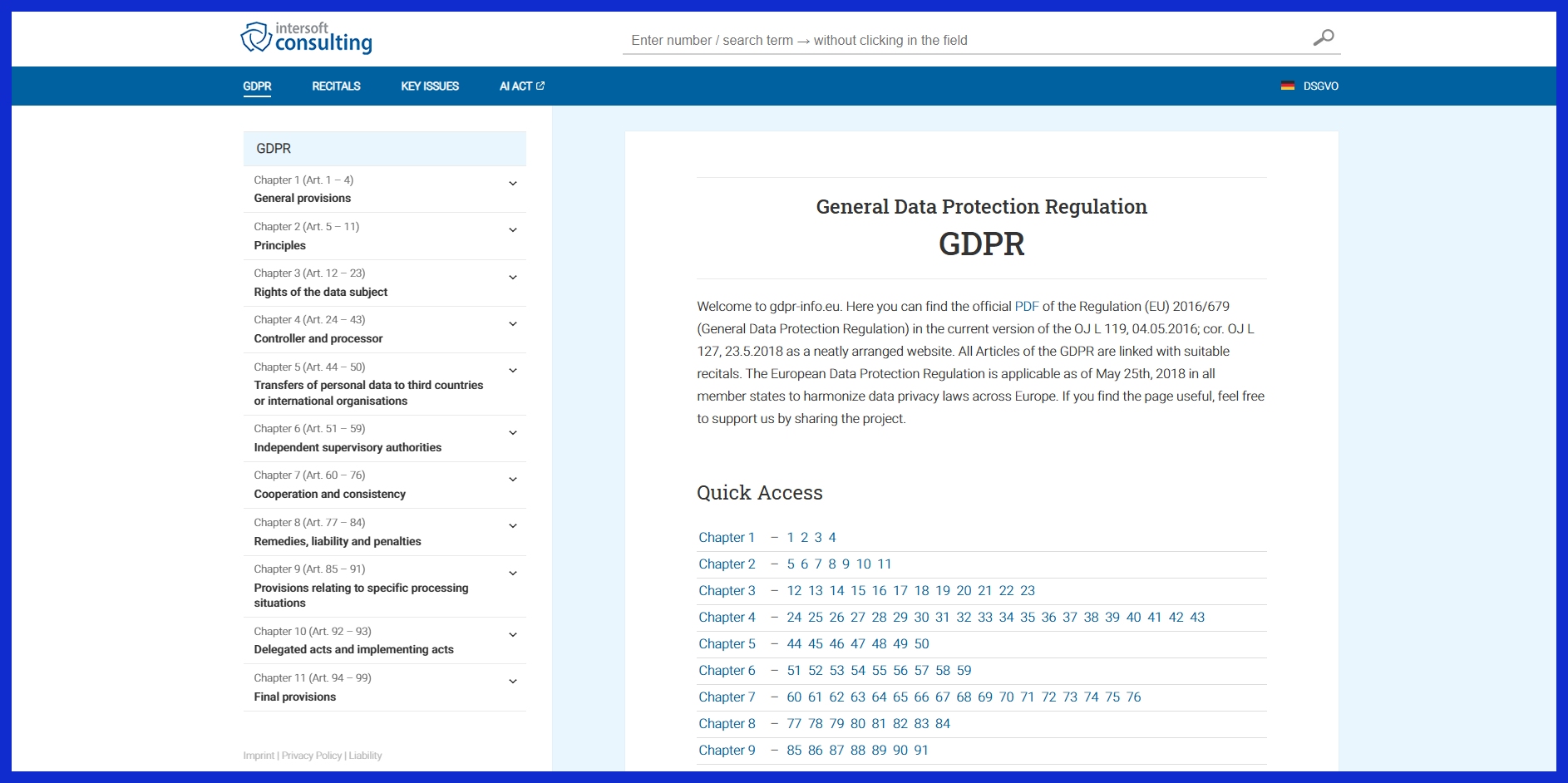
and
California Consumer Privacy Act (CCPA)
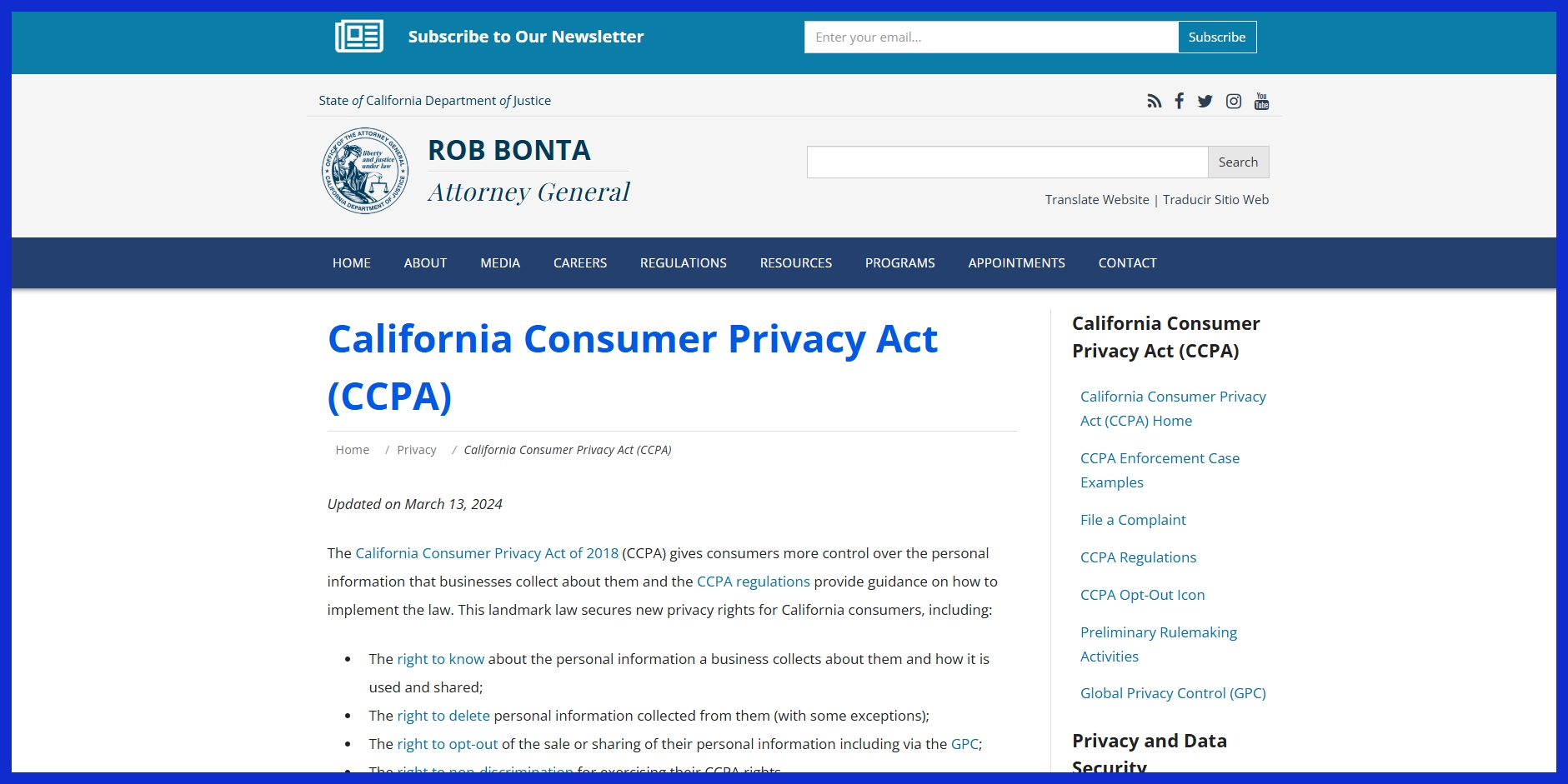
Having clean, consolidated data before reporting avoids errors and protects the integrity of published reports. Frequent training and mock audition feedback rounds are critical in keeping talent and production teams aligned with evolving compliance laws.
Conclusion
Client reporting isn’t just a checkbox, it’s a powerful way to keep clients informed and agencies sharp. Great reports skip the fluff and focus on what matters: results. They’re clear, conversational, and easy to digest.
Strong visuals, accurate data, and short, meaningful captions help clients quickly see what’s working—and what’s next. Tools like KPI.me make this even easier by pulling all your data into one place, so updates are faster, cleaner, and more impactful.
Gone are the days of digging through spreadsheets or scrambling to find stats. With easy-to-read charts and real-time insights, your team can highlight wins and share progress with confidence.
Smart, modern reporting helps agencies stay ahead and show real value, month after month. If you’re looking for a better way to stand out and impress your clients, try KPI.me. We think you’ll be surprised by how simple great reporting can be.
Got questions or want to learn more? Let’s talk—we’d love to help.
Frequently Asked Questions
What is client reporting?
Client reporting, particularly through effective client reporting tools, is the practice of providing thorough and often regular updates, results, and insights to clients, enabling them to understand how their marketing campaigns are performing.
Why is client reporting important?
Client reporting is the foundation of trust, especially when using effective client reporting tools. It helps manage expectations, offers a window into your process, and most importantly, demonstrates the value of your marketing campaigns, aiding in better strategic decisions.
What should be included in a client report?
What should be included in a client report? As always, make sure to customize the information based on your client’s goals and marketing metrics.
How often should you send client reports?
How often should you send client reports? Monthly is a common practice according to a U.S. marketing agency, but it ultimately depends on the project scope and client preferences. Alongside regular reporting, timely reports or quarterly updates might be essential for effective client communication.
What tools make client reporting easier?
Other popular tools for creating client reports are Google Data Studio, Tableau, and even Microsoft Excel. The right client reporting software can streamline the process of creating visual, customized marketing reports that are easy for clients to understand.
What are common mistakes in client reporting?
The biggest mistakes in creating client reports are a lack of clarity, overly technical language, and failing to tie back to client objectives. Prevent these issues with simple, impactful, actionable, and relevant marketing reports.
How can you make reports more valuable for clients?
Don’t just show marketing metrics–tell a story with them. Providing a narrative description of what the data reflects, then offering actionable recommendations, and finally displaying tangible progress toward the client’s goals, makes effective client reporting valuable.

